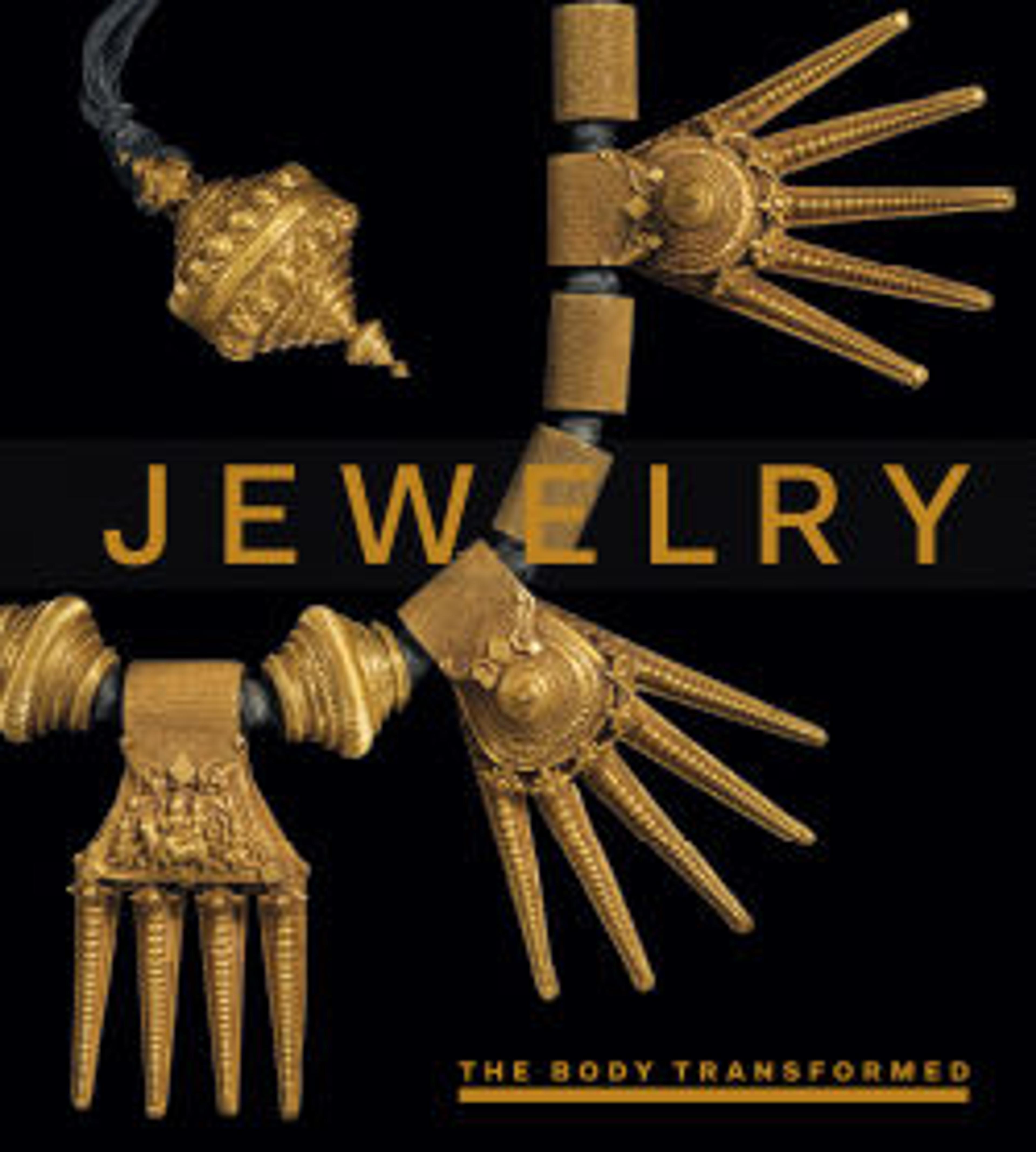Queen Anne's Lace Hair Ornament
Tiffany exhibited three Queen Anne's lace ornaments representing various stages of bloom at the Saint Louis Exposition in 1904. This hair ornament-composed of delicate silver wires bearing tiny opals, demantoid garnets, garnets, and enamel florets-shows the flower in full bloom. Leaves of silver covered in translucent green enamel and copper painted green, visible on the under-side of the piece, increase the impression of naturalism. Whereas jewelry typically made at his father's firm, Tiffany and Company, tended to replicate more formal flowers, such as orchids and irises, and utilized primarily precious stones, Tiffany's use of a common wildflower and semi-precious stones aligns this work with avant-garde Parisian jewelers of the Art Nouveau.
Artwork Details
- Title: Queen Anne's Lace Hair Ornament
- Designer: Designed by Louis C. Tiffany (American, New York 1848–1933 New York)
- Maker: Louis C. Tiffany (American, New York 1848–1933 New York)
- Date: 1904
- Culture: American
- Medium: Silver, copper, opals, demantoid garnets, garnets, and enamel
- Dimensions: DIam. 3 1/2 in. (8.9 cm)
- Credit Line: Purchase, Barrie A. and Deedee Wigmore Gift, 2001
- Object Number: 2001.249
- Curatorial Department: The American Wing
More Artwork
Research Resources
The Met provides unparalleled resources for research and welcomes an international community of students and scholars. The Met's Open Access API is where creators and researchers can connect to the The Met collection. Open Access data and public domain images are available for unrestricted commercial and noncommercial use without permission or fee.
To request images under copyright and other restrictions, please use this Image Request form.
Feedback
We continue to research and examine historical and cultural context for objects in The Met collection. If you have comments or questions about this object record, please contact us using the form below. The Museum looks forward to receiving your comments.
